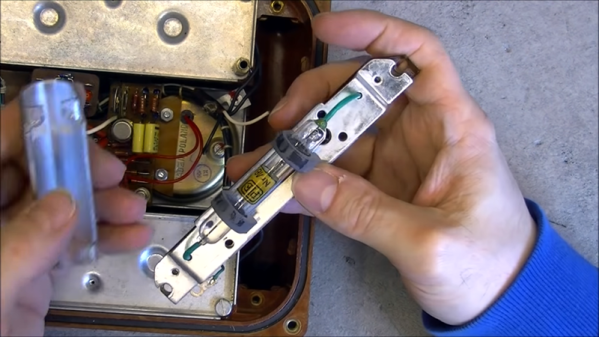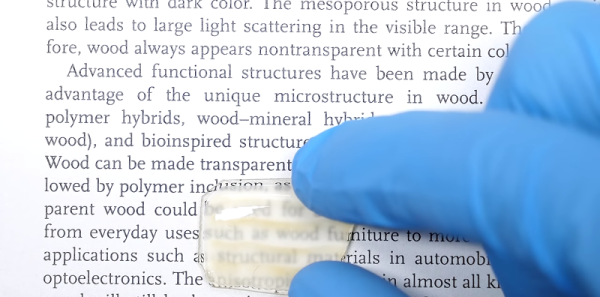There’s a battle going on in academia between the scientific journal publishing companies that have long served as the main platform for peer review and spreading information, and scientists themselves who just want to share and have access to the work of their fellows. arxiv.org launched the first salvo, allowing researchers in physics to self-publish their own papers, and has gained some traction in mathematics and computer science. The Public Library of Science journals focus on biology and medicine and offer peer review services. There are many others, and even the big firms have been forced to recognize the importance of open science publication.
But for many, that’s still not enough. The high prestige journals, and most past works, are stuck behind paywalls. Since 2011, Sci-Hub has taken science publishing open by force, illegally obtaining papers and publishing them in violation of copyright, but at the same time facilitating scientific research and providing researchers in poorer countries with access that their rich-world colleagues take for granted. The big publishing firms naturally fought back in court and won, and with roughly $20 million of damages, drove Sci-Hub’s founder underground.


















